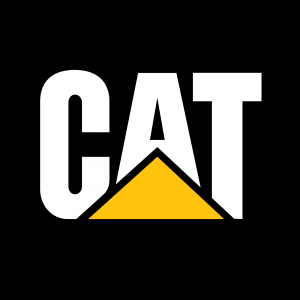Caterpillar Inc. ($CAT) Cautious Buy or Hold to $100 Confident Investor Rating: Fair

| Company name | Caterpillar Inc. |
| Stock ticker | CAT |
| Live stock price | [stckqut]CAT[/stckqut] |
| P/E compared to competitors | Fair |
MANAGEMENT EXECUTION
| Employee productivity | Fair |
| Sales growth | Poor |
| EPS growth | Good |
| P/E growth | Poor |
| EBIT growth | Good |
ANALYSIS
| Confident Investor Rating | Fair |
| Target stock price (TWCA growth scenario) | $134.43 |
| Target stock price (averages with growth) | $158.09 |
| Target stock price (averages with no growth) | $121.16 |
| Target stock price (manual assumptions) | $93.5 |
The following company description is from Google Finance: http://www.google.com/finance?q=cat
Caterpillar Inc. (Caterpillar) is a manufacturer of construction and mining equipment, diesel and natural gas engines, industrial gas turbines and diesel-electric locomotives. It operates in two segments: Machinery and Power Systems, and Financial Products. Machinery and Power Systems represents a total of Construction Industries, Resource Industries, Power Systems and All Other segments and related corporate items and eliminations. Financial Products includes the Company’s Financial Products Segment. This category includes Cat Financial and Caterpillar Insurance Holdings Inc. Effective March 1, 2012, it announced that Caterpillar Japan Ltd. acquired Caterpillar Tohoku Ltd. In August 2012, Platinum Equity, LLC. acquired a majority interest in Caterpillar Logistics Services. Caterpillar will retain a 35% interest in the business. In October 2012, Finning International Inc acquired from Caterpillar of the former Bucyrus distribution and support business in its dealership territory.
Confident Investor comments: At this time, I think that a Confident Investor can cautiously invest in this stock as long as the price is correct. Most of the fundamentals of this company are good but there are some concerns. I am removing Caterpillar from my Watch List.
If you would like to understand how to evaluate companies like I do on this site, please read my book, The Confident Investor.